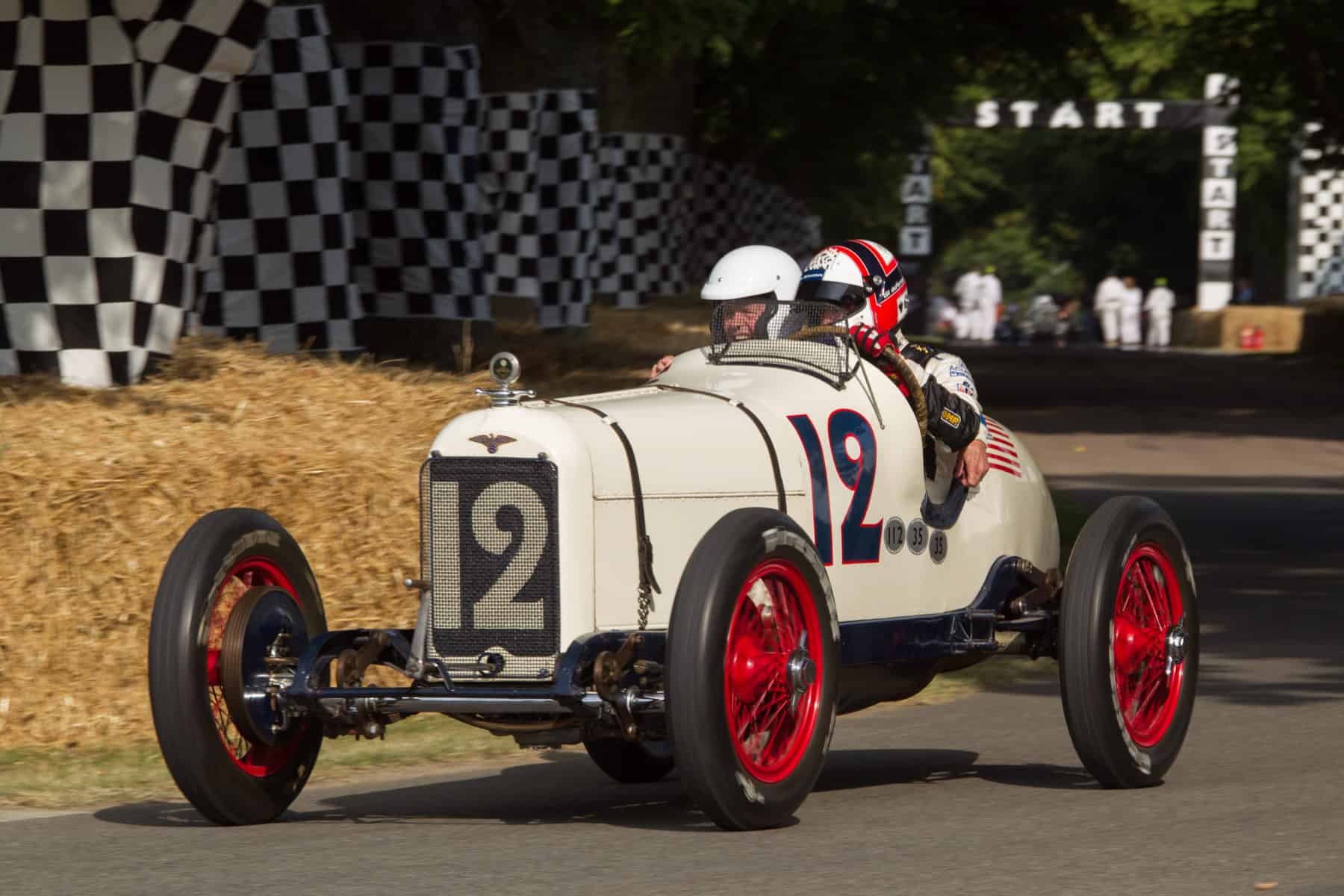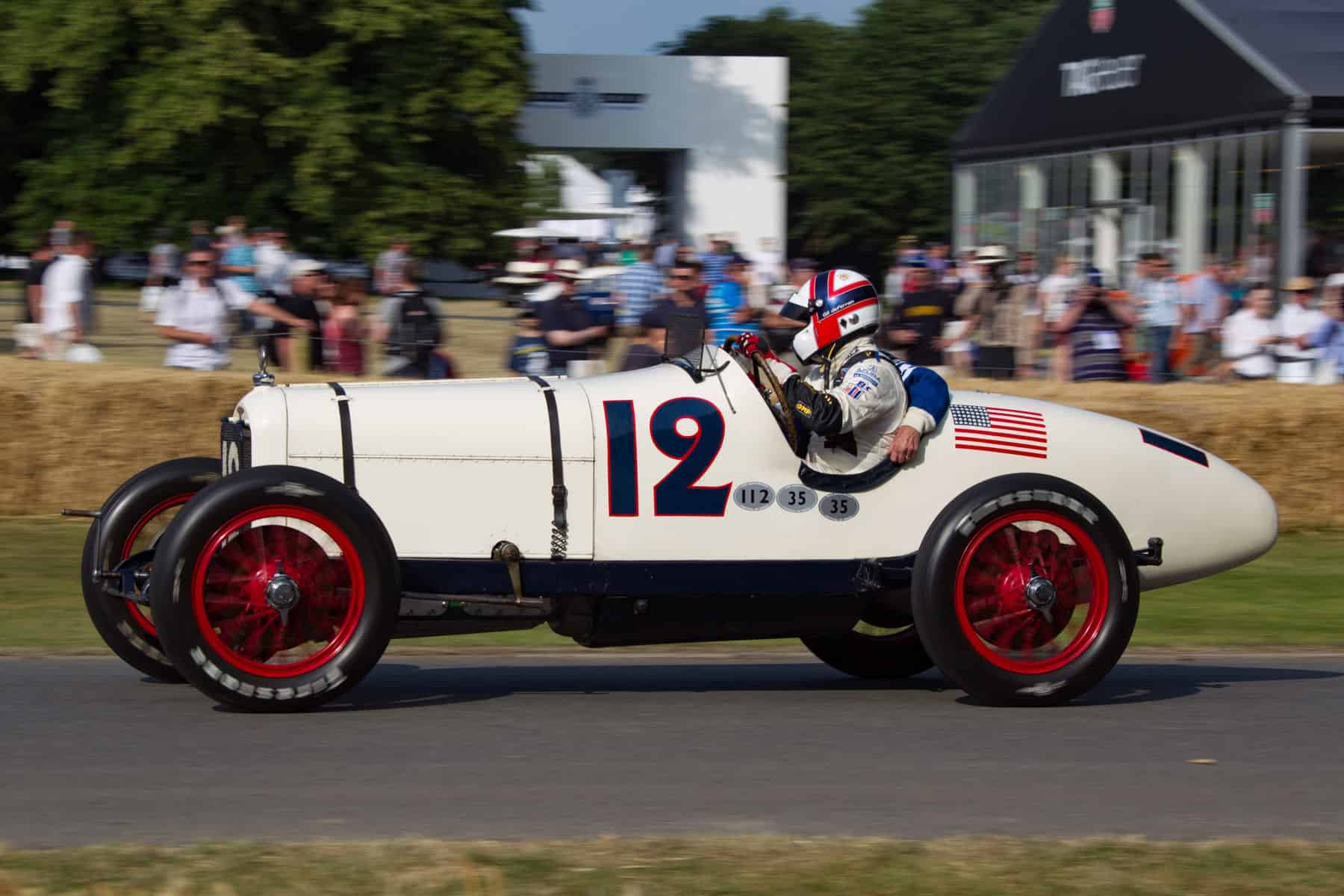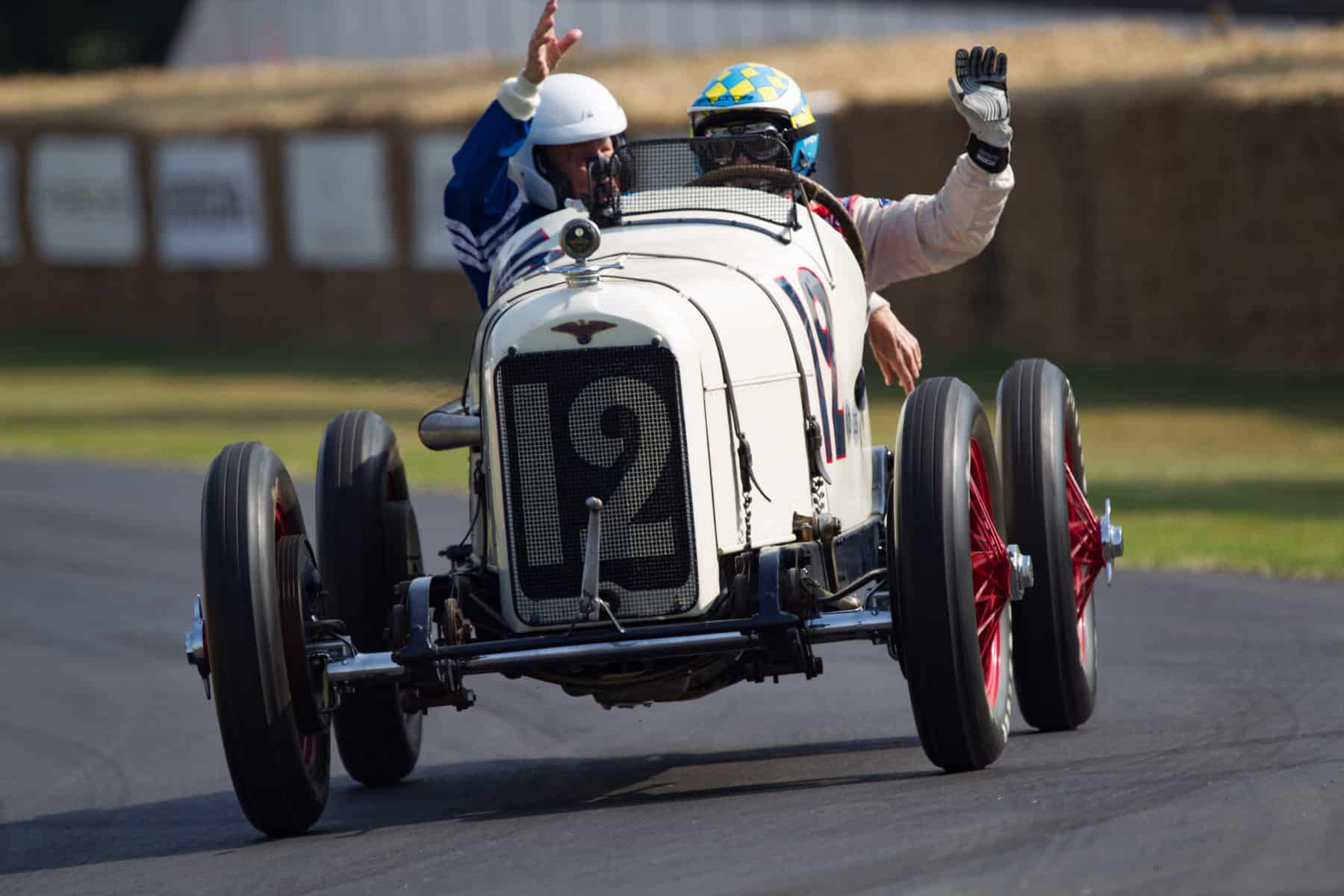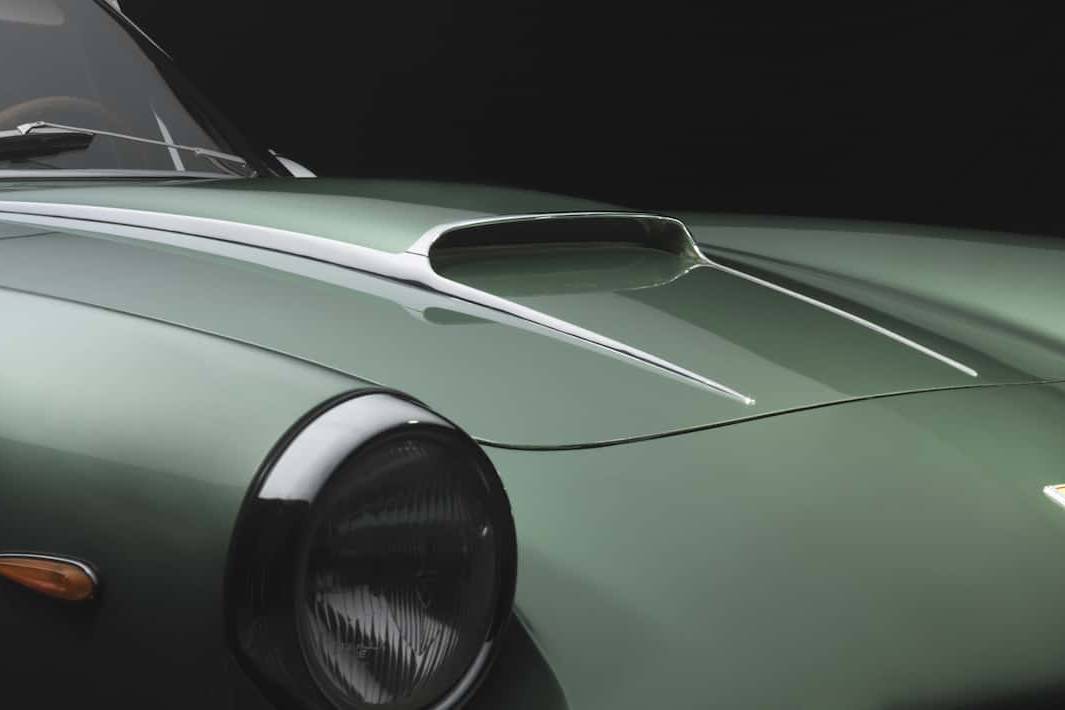When Duesenbergs Went Over There – and Won
America’s first French GP winner turns 100
BY: WOUTER MELISSEN
First held in 1906, the French Grand Prix was arguably the most prestigious motor race in the world. It was as much a contest between manufacturers as it was between nations. Between 1906 and 1914, it was very much a European affair, with the French, Germans, Italians, and British manufacturers going head-to-head.
Many of the cars used would then be shipped to the United States to compete in lucrative events like the Indy 500. The first American manufacturer to make the reverse trip across the Atlantic was Duesenberg, who fielded three cars in the French Grand Prix held at Le Mans 100 years ago, the first time in seven years that the race was held.
What made Duesenberg’s entry in the 1921 French Grand Prix possible was a universally accepted set of regulations that came into effect at the start of the 1920 season. Set is perhaps an overstatement, as the one crucial rule was a maximum displacement set at 3.0 liters, or 183 cubic inches. The previous French Grand Prix was run for cars with an engine of up to 4.5 liters, so this meant the engineers were encouraged to develop new engines and cars. With racing still banned in most European countries during 1920, the first cars built that complied were actually raced in events like the Indy 500, among them a new Duesenberg, while French manufacturer Ballot brought over its freshly developed 3/8 LC.
Powered by a cutting-edge, straight-eight engine with twin overhead camshafts and four valves per cylinder, the Ballot was a spiritual successor to the Peugeots that had been raced so successfully during the early teens. This was hardly surprising, as the French manufacturer had hired former Peugeot engineer Ernest Henry immediately after the war had ended. It was very much left to Ballot to defend the honor of the French nation and above all wipe out the humiliation of the defeat to the German Mercedes team in the 1914 French Grand Prix at Lyon. In lieu of competing in Europe, Ballot was present already at the 1919 Indy 500 and was back the following year.
Compared to the French car, the new-for-1920 Duesenberg was an altogether less complicated machine. Like the Ballot, the American racer used a straight-eight, but its design was not quite as exotic. With a crankshaft running on just three bearings, the engine was far more compact. It was the first Duesenberg engine with an overhead camshaft that was driven by a shaft placed at the front of the unit. The camshaft actuated two small intake valves and a single large exhaust valve per cylinder. A pair of carburetors, produced by either Miller or Claudel, was fitted, while the ignition was through a Delco coil and battery system.
The straight-eight engine was mated to a three-speed gearbox and mounted in a conventional ladder frame that was constructed from pressed steel side-members. Semi-elliptic leaf springs were fitted on both ends. Each of the four corners featured a single Monroe shock absorber. Crucially, the Duesenberg racer also featured four-wheel brakes, which were cable operated. The car was clothed in an aluminum body that was very narrow and featured a pointed tail. Originally conceived for racing at Indy, the three-liter Duesenberg racer did not sport spare wheels.
The 1920 Indy 500 was part of the five-round AAA Champ Car Series. Jimmy Murphy won the opening round at the Beverly Hills board track in a Duesenberg. Ralph de Palma was a disappointing eighth in the only Ballot entered. At Indy, de Palma claimed pole position with a four-lap average of just 100 mph. Luck was not on Ballot’s side, and issues during the race saw the French cars eventually finish a delayed second, fifth, and seventh behind the winning Frontenac of Louis Chevrolet. The Duesenbergs were not quite as fast, finishing third, fourth, and sixth.
Tommy Milton then won for Duesenberg at the Pacific Coast Speedway in Tacoma. Ballot did not take part in the race but returned for race four, the Elgin National Trophy. Unusual for American racing, this race was actually held on a road course. The Ballot entered for Ralph de Palma had gained servo assistance on the front brakes. It gave the Italian-born racer a clear edge and he beat Milton in the Duesenberg by sixty-seven seconds in the 250-mile race. A Duesenberg also won the fifth and final round of the 1920 Champ Car Series, which was run at Beverley Hills again.
With three wins in five races, the 1920 season had been very successful for Duesenberg. It was also highly educational, as going head-to-head with Ballot offered an indication of what could be expected when competing in Europe. What needed to be sorted out was Ballot’s advantage on the brakes. Over the winter, the Duesenbergs adopted Lockheed-developed hydraulic brakes. Instead of the cables used in a conventional system, the Lockheed used a mixture of glycerine and water to actuate the brakes, considerably improving the braking performance of the Duesenbergs.
Four three-liter Duesenbergs were then shipped to France to compete in the Grand Prix that was held at Le Mans in 1921. They were late in arriving and the French organizers handed out a hefty fine. Fortunately, French-born American spark-plug manufacturer Albert Champion agreed to pay the penalty so the cars could actually start. The field was a little thin with just over a dozen cars entered for the race. In addition to the French, which included the Ballots, and American entries, there were also Italian Fiats and English Talbots. German cars were banned from the race.
On paper, the sophisticated Ballots looked to be the favorites. Their status was further bolstered by the results in the United States during the 1920 season. The Duesenbergs were not seen as a major threat, as the European press believed that American cars were built to compete at speedways and were out of their element on a road course. Appearances were clearly deceptive, as the less-exotic Duesenberg engine was actually the more powerful of the two at 114 hp since it could rev higher. The American cars were also slightly lighter.
Just like the original French Grand Prix, the 1921 edition was run in the Sarthe region. The 17.26 km track ran on the public roads that connected the city of Le Mans with the towns of Mulsanne and Arnage. Although slightly shorter today, the same Circuit de la Sarthe is still in use for the 24 Hours of Le Mans. With a motorcycle race scheduled for Sunday, the French Grand Prix for automobiles actually started at 9 a.m. on a Monday morning. The procedure for the start was a little unusual as well with the cars setting out in pairs, one minute apart.
Before the race started, the qualifying sessions gave a first indication of how the cars stacked up. The French were in for a rude awakening as the Duesenbergs were able to match the Ballots on pace. The Lockheed-sourced hydraulic brakes proved of great benefit and helped overcome the lack of a fourth gear. They were not without fault, however, as Duesenberg’s lead driver suffered a heavy accident after his front brakes locked up, ejecting him from the car along with his riding mechanic and severely bruising his ribs.
In front of a large crowd, it was de Palma in one of the two Ballots who took off in the first pairing at 9 a.m. sharp for the thirty-lap race. He was the fastest on the opening lap but by lap two, it was the battered Murphy who had taken the lead. The track suffered under the might of these very fast racing cars, resulting in several punctures and even pierced radiators. One Duesenberg was forced to retire with a damaged radiator and on the penultimate lap a sharp object also pierced Murphy’s radiator. He managed to make it to the pits to top up the water going into the final lap.
Smoking heavily, the leaking Duesenberg managed to complete the thirtieth and last lap. This was enough for Murphy to score a groundbreaking victory, beating de Palma and his Ballot by nearly fifteen minutes and disappointing the surprised partisan crowd cheering on the French car. Murphy’s win has gone into history as the first for an American in a major international event; it would take nearly forty years before Dan Gurney and his V12-engined Eagle would score the second Grand Prix win for an American car.
Following the French Grand Prix, the Duesenbergs returned to the United States where they continued to win. Murphy entered the actual car that won at Le Mans in the 1922 Indy 500, though a Miller eight-cylinder engine replaced the Duesenberg straight-eight. He made history once again by becoming the first driver to win the Indy 500 from pole position. Although they did not race again in Europe, Duesenbergs would win a further three times at Indy.
Remembered as the first American car to win a Grand Prix, the 183 cubic inch Duesenberg was a deceptively sophisticated machine. It definitely caught the French by surprise with its light weight and superior stopping power. Remarkably, it would take another ten years before hydraulic brakes were more widely adopted, the delay caused by Lockheed charging a hefty licensing fee. The single-overhead camshaft eight-cylinder engine was also put into good use, powering the first generation of Duesenberg production road cars.
Fortunately, the French Grand Prix- and Indy 500-winning machine has survived and is today part of the Indianapolis Motor Speedway Hall of Fame collection. Restored to its 1921 configuration, it remains in full running order.









